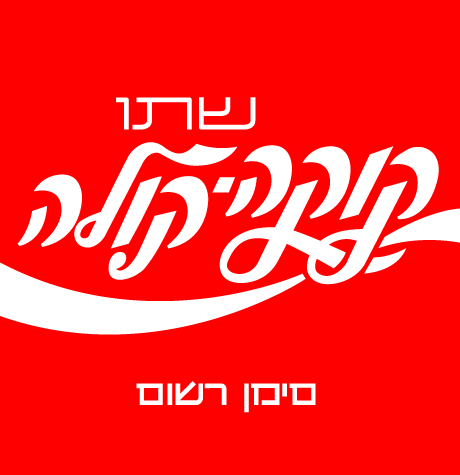 Ohmann's chapters provide the sort of case-specific analyses that I've really been wanting to see done with Smythe's model, and by looking at particular advertisements from the dawn of the creation of the "audience commodity" I think he does a pretty good job of providing us with some nuances we can add to the "Smythian" model, if we're so inclined.
Ohmann's chapters provide the sort of case-specific analyses that I've really been wanting to see done with Smythe's model, and by looking at particular advertisements from the dawn of the creation of the "audience commodity" I think he does a pretty good job of providing us with some nuances we can add to the "Smythian" model, if we're so inclined.Particularly, I think he gives an interesting analysis on what the consumer "gets" from buying branded merchandise, even if the comfort gained from brand recognition is a need that is "historically specific and generated by the new system" (150). I like this particularly because it comes at the audience commodity from a bit of a different angle and implies that not only are we suckered into working for mass media sources by participating in audiences strictly by the lure of the editorial content, we gain something from absorbing the advertising as well.
 I see this as directly tied into Chapter 10's discussion of the link between branding's repetition of logos and our mnemonic associations with them (hence the pictures). Advertising, according to Ohmann, is a "discourse of repetition whose instances are unimportant as against their cumulative weight" (153), creating such a network that "image overrides verbal text claiming a residual place in memory even if the reader skips the text entirely" (153). I think the ubiquitousness of Coca-Cola merchandise in different languages (even an army/navy surplus store with definite Zionist sympathies near where I lived in Philadelphia stocked t-shirts with the Hebrew version) proves this point--as does the artwork Courtney pointed out a few posts ago--we're so tuned into this indexical network of colors and shapes that we don't even need text to evoke the familiar feelings of our favorite soft drink or candy bar or oatmeal.
I see this as directly tied into Chapter 10's discussion of the link between branding's repetition of logos and our mnemonic associations with them (hence the pictures). Advertising, according to Ohmann, is a "discourse of repetition whose instances are unimportant as against their cumulative weight" (153), creating such a network that "image overrides verbal text claiming a residual place in memory even if the reader skips the text entirely" (153). I think the ubiquitousness of Coca-Cola merchandise in different languages (even an army/navy surplus store with definite Zionist sympathies near where I lived in Philadelphia stocked t-shirts with the Hebrew version) proves this point--as does the artwork Courtney pointed out a few posts ago--we're so tuned into this indexical network of colors and shapes that we don't even need text to evoke the familiar feelings of our favorite soft drink or candy bar or oatmeal. But as a closing aside--man, can you guys believe people used to eat stuff called "fried mush?"
No comments:
Post a Comment